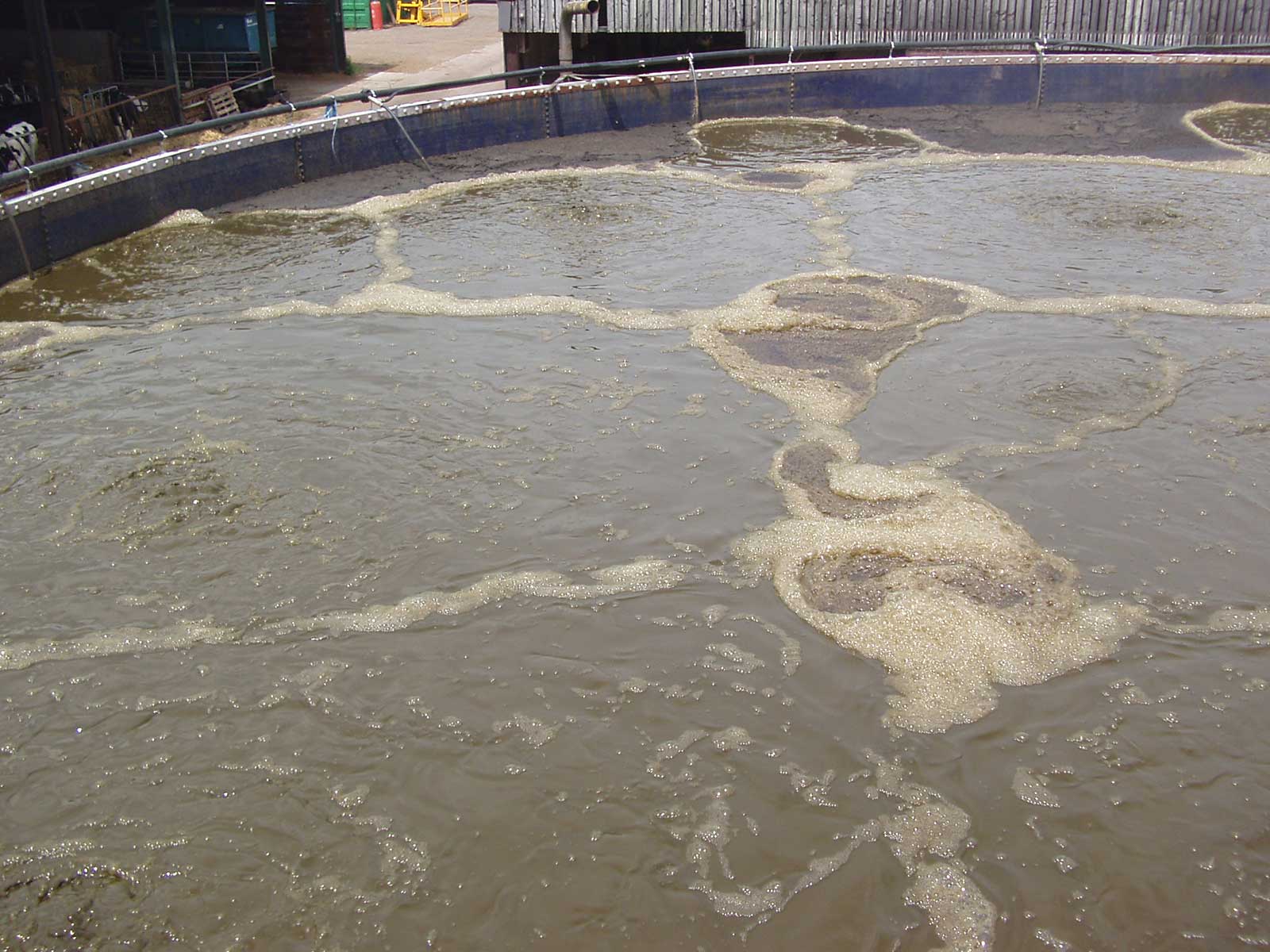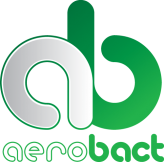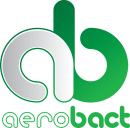All stored slurry naturally uses up all the oxygen in the liquid rapidly and then become anaerobic (without oxygen); anaerobic process has bi-products of gases like methane and nitrous oxide both significant greenhouse gases are toxic and can be explosive

Aerobact offer a slurry enhancement system which reuses the nutrients in the slurry and captures them in a plant available format.
The slurry must be separated for this process as it is the liquid phase which is the most important part of the slurry to reuse as a plant friendly fertilizer. Solids take significantly longer to break down by bacterial action and present a barrier to effective mixing.
The reasons why we say this are:
Most of the nutrients are in the liquid which includes the nitrogen in the animal urea.
Solids can be used in other ways and are available to be spread anytime, are a slow release and are an excellent soil conditioner.
The process:
- Reduce ammonia emissions (capture the nitrogen), reduce the PH by bacterial action
- Ammonia is in the animal urea and naturally gases off during storage, however, this is the nitrogen which will enhance the product and which the growing crop wants as nitrates.
- Therefore, to capture this we need a nitrifying process which is performed by aerobic bacteria, so it is necessary to introduce oxygen into the liquid to allow this process to take place.
- So, we add oxygen to the slurry via fine bubble diffusers; this produces a slightly aerobic environment in which aerobic bacteria can thrive. The action of the bacteria is to transform the slurry into a more plant friendly product and readily taken up by the plants.
- So aerated slurry is a safer stored liquid. The store does not require any cover as the slurry does not release greenhouse gases.
We have developed the process which has 3 stages, first mix and aerate, then add the bacteria and additives, then continue to aerate and let the bacteria process the slurry.
The enhanced slurry is thinner and easier to spread, has little odour and is readily available to the crop in a plant friendly form.
So far we have said how the system works and what the end product will be. To expand this cost case –
From our farm trials (copies can be downloaded here) Farm Case Study (Tower) Farm Trial 2 (Lagoon) we have seen several positive financial reasons to enhance the slurry. Many dairy farmers are already aware of bacteria additives for the slurry in the marketplace but nitrification can only be achieved by adding oxygen into the process.
The enhanced slurry can replace manmade fertilizer. In our case studies they reduced fertilizer use between 30% to 80%.
Grass growth was enhanced by 25% to 40% and more with faster growth as the plant will immediately take up the nutrients in the root system. As the nitrifying bacteria on the surface of the soil will convert the nitrite to nitrate for immediate availability to the plant root system
Reduced odour when spreading so no nuisance to sensitive neighbours.
No blockages as slurry is thinner and flowable and fully mixed so is available any time for spreading.
Less pollution potential, because the slurry has a reduced BOD level and ammonia it captures is less toxic to water courses.
Typically pay back is approximately 12 to 18 months.
Aerobact have costs for this and are available on request.

